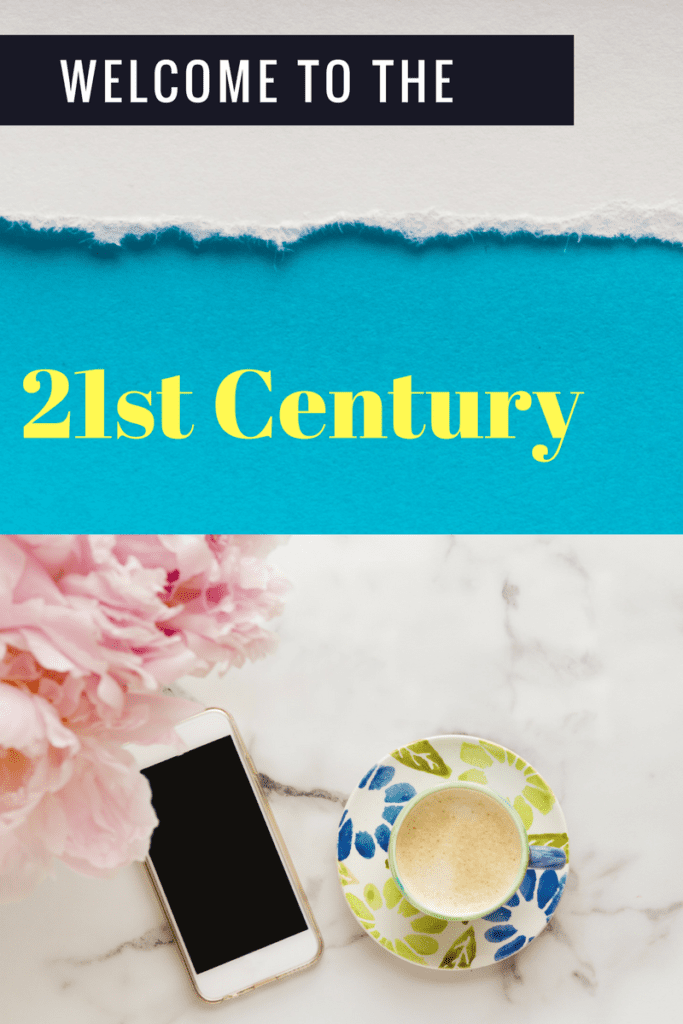Embracing Technology for Children with Special Needs
Among our many worries, aspirations, and concerns as parents, one stands out: the desire for our children with special needs to be included as typical citizens in our community. We look forward to seeing our kids working in jobs that suit them perfectly. The idea of our children living independently or with support intrigues us. Most of all, we want our kids to have access to real things in life, like friends and control over their environment.
Flintstones vs Jetsons
In the 21st century, technology is essential as you and your family transition from school to adulthood. However, many of the educational and human service systems you and your family interact with are woefully stuck in the 20th century. Thankfully, the world has changed, and we are beginning to see those systems become more aware and responsive to 21st-century inclusion.
A Technology First IEP
Educational plans must prepare students with disabilities not for the world as it was but for how it is and how it will be. Nearly every aspect of modern life intersects with technology, including:
– Jobs
– Staying in touch with friends
– Entertainment
– Medical services
– Health and safety
– Transportation
The trouble is that Individual Education Plans (IEP) rarely include the use of technology as an actionable goal. Here is what we know so far. Companies like Google, BMW, and Apple are developing driverless cars, and the US Department of Transportation is investing time and resources to see how people with disabilities will benefit.
Imagine the Possibilites
Imagine your family member needs to go to a medical appointment. A Google car drives up to your address. You or your student have programmed the necessary information on the location of the medical office into the Google app via their smartphone, and off they go!
Or, like Amanda Boxtell, your family may use a combination of 3D printing and computer technology to step into a customized exoskeleton designed to help them get out of their wheelchairs and reach the destination of their dreams.
If your student with visual impairments chooses to attend college, they can use Siri on their iPhone to navigate a college campus via iBeacons. An immediately attainable goal is to develop a digital resume, portfolio, or website to send potential employers to learn more about your student’s capabilities, complete with letters of recommendation, photos, and a few success stories.
Simple apps like Aida and Pictello can be used at home to assist people with disabilities in living more independently by helping them remember daily tasks or used as training instructions for new support staff. For example, Mikelle uses her Pictello app to interview and hire her support team.
The possibilities are infinite yet readily attainable. Have fun discovering what is possible for you and your family!

